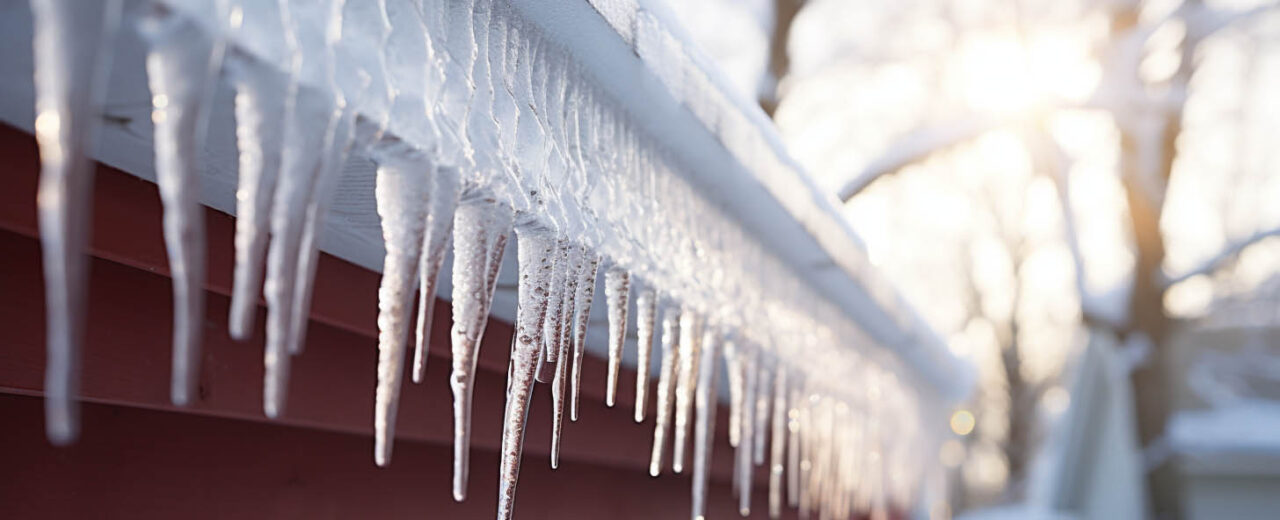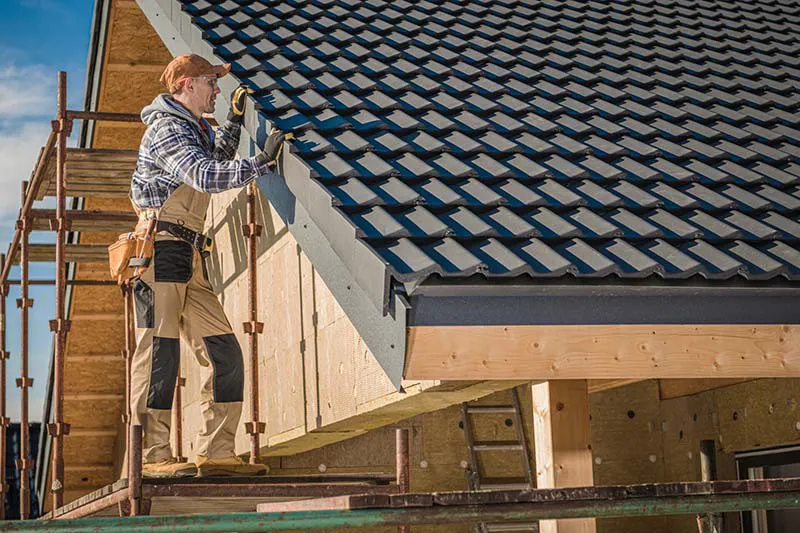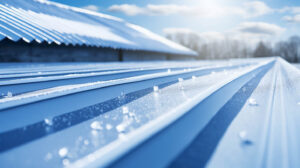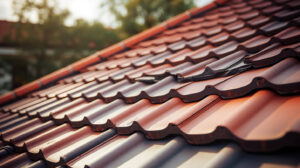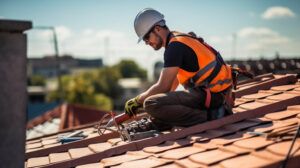Roofs are an essential component of any building, offering protection against the elements and ensuring the safety and comfort of its inhabitants. In regions where extreme weather conditions are prevalent, the installation of ice and water barriers becomes crucial. These barriers serve as an additional layer of protection, safeguarding your roof from potential damages caused by moisture infiltration, ice dams, and other related issues.
Understanding Ice and Water Roof Barriers
Ice and water barriers are specialized underlayment forms applied beneath the shingles and other roof coverings. They are typically affixed directly to the roof decking and create a tight seal around nails. Their primary function is to offer an added layer of defense against water infiltration, especially if there are penetrations or cracks in the shingle system.
These barriers are also instrumental in guarding against significant temperature fluctuations that might lead to the formation of ice dams. Such dams can cause tears or breaks in the roof, leading to expensive repairs. By providing an additional watertight layer, these barriers effectively prevent leaks and ensure the longevity of your roof.
Key Risks Addressed by Ice and Water Barriers
1. Ice Dams:
In extremely cold conditions, water can freeze along your roof’s edges, forming dam-like structures. These dams block melting snow from draining off your roof, leading to potential leaks inside your building. Such leaks can result in extensive damages, but with an ice and water barrier in place, the risks of ice dams forming are significantly reduced.
2. Water Infiltration:
Even in milder climates, regular rainfall can lead to leaks if water finds its way through cracks or gaps in the shingle system. The barrier acts as an extra moisture-proofing layer, effectively keeping water at bay.
3. Gutter Clogs:
Cold weather can cause gutters and drains to clog with ice, leading to water accumulation on your roof. This can cause structural damages and further moisture infiltration. An ice and water barrier offers an extra protection layer, mitigating these risks.
4. Wind Damage:
Storms and wind-driven rain can damage roofs if they aren’t adequately protected. The barrier ensures that wind-driven rain doesn’t penetrate the shingle system, minimizing potential leak risks.
Strategic Placement of Ice or Water Barriers
While these barriers can be placed almost anywhere on the roof, there are specific areas where their installation is most beneficial:
- Eaves: The edges of a roof are particularly susceptible to water damage. Installing a barrier along the eaves offers enhanced protection against moisture infiltration.
- Valley Flashing: This is a unique flashing type placed where two roof sections meet at a 90-degree angle. Using a specialized ice and water barrier product for this flashing ensures moisture is kept out, safeguarding your roof from potential leaks.
- Roof Penetrations: For skylights, vents, and other roof accessories, it’s vital to use a barrier product around these penetrations. This prevents moisture from seeping underneath the shingle system.
Making the Decision: Should You Install Barriers?
When contemplating a new roof or evaluating your current roof maintenance strategy, it’s worth considering the installation of ice and water barriers. These barriers can shield your building from various moisture-related risks. It’s advisable to consult with a professional contractor, like The Roofing Center, to understand your roof’s specific needs.
In many scenarios, professionals might recommend barriers if you’ve previously encountered moisture issues or reside in an area with severe weather conditions. Even if these factors aren’t directly applicable, the added protection from a barrier can be invaluable in averting future complications.
For comprehensive guidance on ice and water barriers or to explore our range of roofing services in Salt Lake City, reach out to our team at The Roofing Center. With our expertise, you can ensure that your roof remains in optimal condition, safeguarding your property for years to come.

